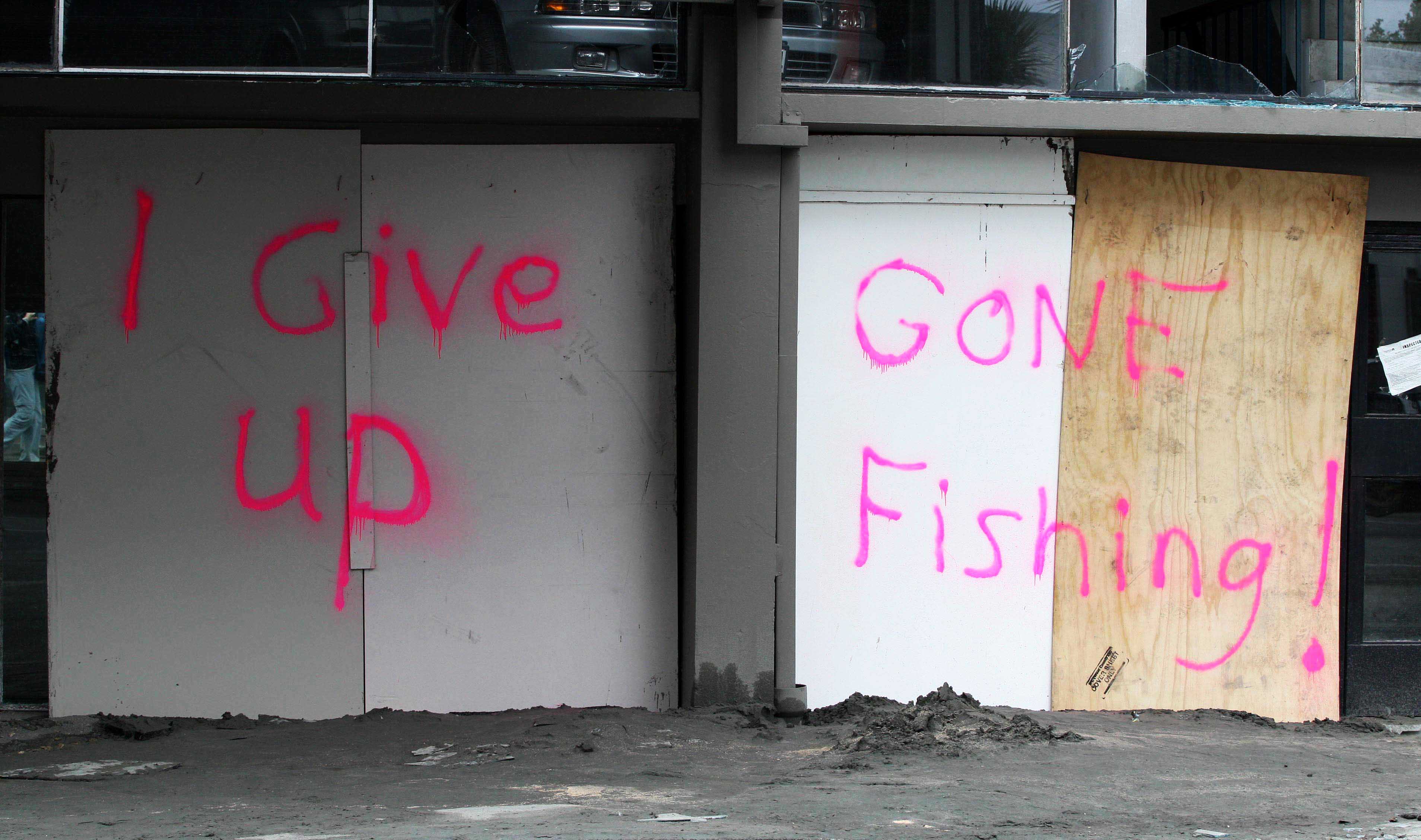 This note was reviewed and approved for currency in November 2018.
This note was reviewed and approved for currency in November 2018.
The physical destruction accompanying disasters typically creates an urgency to rebuild and help survivors get back on track. There are inspiring examples of how architects and other built environment professionals have contributed to rebuilding. In many cases their efforts have facilitated the re-establishment of eroded communities and created a sense that things were getting better. At times, however, these interventions have overwhelmed the remnants of the pre-disaster community, replacing them with assets and opportunities irrelevant to their needs and values, and setting them down a path not of their choosing. Increasing the chances that such projects will resonate with the communities requires getting the process and the product of design right.
This paper outlines the significance of disasters and post-disaster recovery, highlights the need of designers to harness community skills, emphasises survivor participation in the planning and realisation of their post-disaster environment, and suggests some characteristics of design that may smooth the path to recovery.
